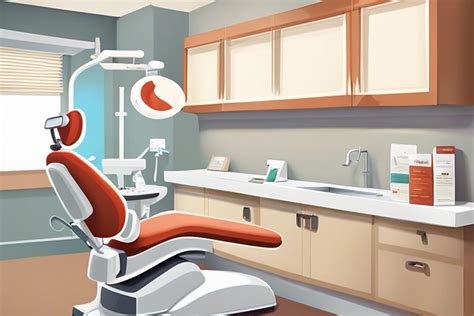From Consultation to Completion: Your Veneer Journey
Dental veneers offer a transformative solution for enhancing the appearance of your smile. But the process, from initial consultation to the final reveal, involves several key stages. Understanding what to expect at each step ensures a smooth and successful journey towards the perfect smile. This comprehensive guide details the entire veneer process, answering frequently asked questions along the way.
What Happens During a Veneer Consultation?
The initial consultation is crucial. Your dentist will conduct a thorough oral examination, assessing the health of your teeth and gums. They'll discuss your aesthetic goals, examining your existing teeth, and considering factors like tooth color, shape, and size. Photographs will be taken, and you'll have the opportunity to discuss your expectations and any concerns. This is also the time to ask questions and understand the entire procedure's timeline and cost.
How Long Does the Entire Veneer Process Take?
The timeline for getting veneers varies depending on several factors including the number of veneers needed, the complexity of the cases, and your dentist's schedule. Generally, expect the entire process to take several weeks to several months. The process typically involves multiple appointments for preparation, placement, and adjustments.
What is Involved in Veneer Preparation?
Before veneer placement, your teeth require preparation. This usually involves removing a small amount of enamel from the surface of the teeth to create space for the veneers. The amount removed is minimal, typically less than 0.5mm. This step ensures a natural-looking and comfortable fit. Local anesthetic is often used to numb the area for comfort during the preparation.
Are Veneers Permanent?
While veneers are designed to be durable and long-lasting, they are not permanent. With proper care, veneers can last for 10-15 years or even longer. However, factors like grinding your teeth, biting hard objects, and poor oral hygiene can affect their lifespan. Regular dental checkups and good oral hygiene practices are crucial to maximize the longevity of your veneers.
What Happens After Veneer Placement?
After the veneers are cemented into place, your dentist will check for any necessary adjustments to ensure a comfortable bite and proper alignment. You'll likely have a follow-up appointment to monitor the fit and address any concerns. Initially, you might experience some minor sensitivity, but this typically subsides within a few days.
How Much Do Veneers Cost?
The cost of veneers varies greatly depending on several factors including your location, the dentist's experience, the number of veneers needed, and the type of material used. It's always best to consult with your dentist for a personalized cost estimate. Financing options are often available.
How Do I Care for My Veneers?
Caring for your veneers is similar to caring for natural teeth. Maintain excellent oral hygiene by brushing twice daily with fluoride toothpaste, flossing regularly, and using an antimicrobial mouthwash. Avoid biting on hard objects, such as ice or pen caps, as this can damage or chip the veneers. Regular dental checkups are essential for monitoring their condition and ensuring long-term health.
What are the Risks and Complications Associated with Veneers?
As with any dental procedure, there are potential risks and complications associated with veneers. These may include gum irritation, sensitivity to temperature changes, or chipping or breakage of the veneers. Choosing an experienced and qualified cosmetic dentist minimizes these risks.
Can Veneers Be Removed?
Yes, veneers can be removed, although it is a more involved procedure than placement. The removal process might require careful preparation to protect the underlying tooth structure.
This comprehensive guide aims to demystify the veneer process. Remember, open communication with your dentist is paramount to ensure a successful and satisfying outcome. The journey towards a beautiful, confident smile begins with informed decisions and a collaborative approach with your dental professional.

